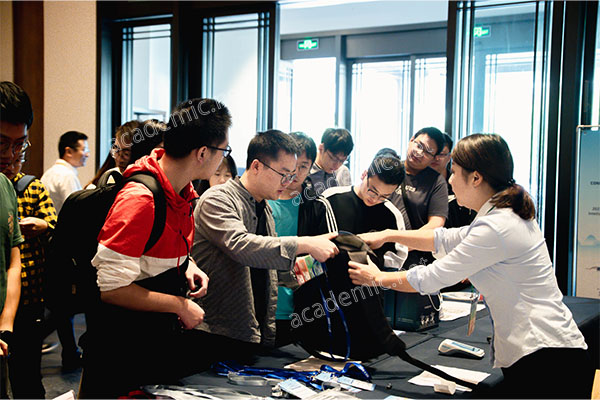Everything You Need to Know About Writing a Literature Review
Writing a literature review is an important part of academic research. It not only helps you understand the current status and development trends of research in a certain field, but also provides a solid theoretical foundation and background for your research. Here are the key steps and points to know when writing a literature review:

-Clarify the topic or research question you want to explore.
-Determine the purpose of the review: is it to build a theoretical framework, identify research gaps, or provide policy recommendations?
-Determine the time range and type of research (such as empirical research, theoretical articles, etc.).
2. Retrieve literature
-Use keywords to conduct extensive searches in databases and academic search engines.
-Make sure to span multiple disciplines and data sources, including books, academic journals, conference papers, doctoral dissertations, etc.
-Consider including gray literature (such as government reports, working papers).
3. Screening and selecting literature
-Filter search results based on pre-defined inclusion and exclusion criteria.
-Read the abstract and conclusion to determine whether the material is relevant to your review topic.
-Record the reasons for excluding literature when necessary.
4. Critically evaluate the literature
-Judge the quality, methodology, and reliability of each study's findings.
-Identify biases and limitations in the research.
-Consider differences and contradictions between studies.
5. Organize the literature and write a review
-Determine how to organize your literature review, which may be based on topic, theory, method, or time.
-Summarize, compare, and discuss each study.
-Highlight trends, gaps, and potential future research directions in existing research.
-Stay critical and objective.
6. Basic structure of a literature review
-Introduction: Introduce the topic, purpose, and organization of the review.
-Main body: Discuss each topic or study one by one according to the organization method chosen.
-Conclusion: Summarize the main findings of the existing literature, point out research gaps, and recommend future research directions.
7. Writing and revising
-Maintain a consistent citation and formatting style throughout the writing process.
-Avoid plagiarism and ensure that all cited sources are appropriately noted.
-Review the manuscript multiple times to ensure clear logic and fluent language.
Writing a literature review is a complex but valuable process that not only improves your understanding of a field, but also sharpens your critical thinking skills. Through rigorous methodology and in-depth analysis, a literature review can provide readers with a comprehensive perspective on the field.
